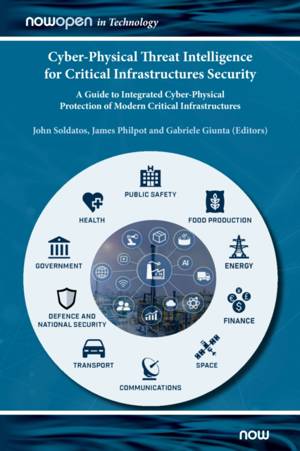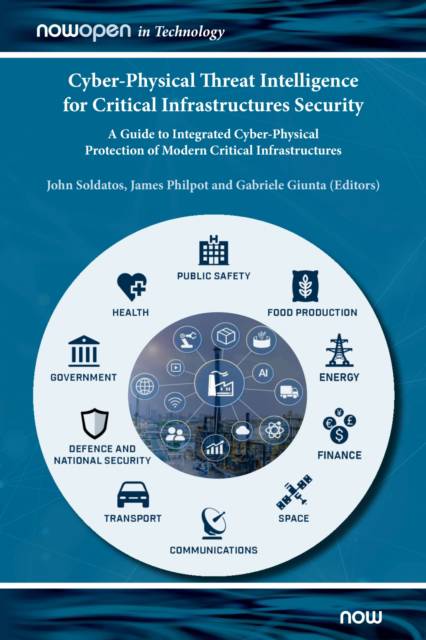
- Afhalen na 1 uur in een winkel met voorraad
- Gratis thuislevering in België vanaf € 30
- Ruim aanbod met 7 miljoen producten
- Afhalen na 1 uur in een winkel met voorraad
- Gratis thuislevering in België vanaf € 30
- Ruim aanbod met 7 miljoen producten
Zoeken
Cyber-Physical Threat Intelligence for Critical Infrastructures Security
A Guide to Integrated Cyber-Physical Protection of Modern Critical Infrastructures
€ 124,45
+ 248 punten
Omschrijving
Modern critical infrastructures comprise of many interconnected cyber and physical assets, and as such are large scale cyber-physical systems. Hence, the conventional approach of securing these infrastructures by addressing cyber security and physical security separately is no longer effective. Rather more integrated approaches that address the security of cyber and physical assets at the same time are required. This book presents integrated (i.e. cyber and physical) security approaches and technologies for the critical infrastructures that underpin our societies. Specifically, it introduces advanced techniques for threat detection, risk assessment and security information sharing, based on leading edge technologies like machine learning, security knowledge modelling, IoT security and distributed ledger infrastructures. Likewise, it presets how established security technologies like Security Information and Event Management (SIEM), pen-testing, vulnerability assessment and security data analytics can be used in the context of integrated Critical Infrastructure Protection. The novel methods and techniques of the book are exemplified in case studies involving critical infrastructures in four industrial sectors, namely finance, healthcare, energy and communications. The peculiarities of critical infrastructure protection in each one of these sectors is discussed and addressed based on sector-specific solutions. The advent of the fourth industrial revolution (Industry 4.0) is expected to increase the cyber-physical nature of critical infrastructures as well as their interconnection in the scope of sectorial and cross-sector value chains. Therefore, the demand for solutions that foster the interplay between cyber and physical security, and enable Cyber-Physical Threat Intelligence is likely to explode. In this book, we have shed light on the structure of such integrated security systems, as well as on the technologies that will underpin their operation. We hope that Security and Critical Infrastructure Protection stakeholders will find the book useful when planning their future security strategies.
Specificaties
Betrokkenen
- Uitgeverij:
Inhoud
- Aantal bladzijden:
- 450
- Taal:
- Engels
- Reeks:
Eigenschappen
- Productcode (EAN):
- 9781680836868
- Verschijningsdatum:
- 30/06/2020
- Uitvoering:
- Hardcover
- Formaat:
- Genaaid
- Afmetingen:
- 156 mm x 234 mm
- Gewicht:
- 875 g

Alleen bij Standaard Boekhandel
+ 248 punten op je klantenkaart van Standaard Boekhandel
Beoordelingen
We publiceren alleen reviews die voldoen aan de voorwaarden voor reviews. Bekijk onze voorwaarden voor reviews.










